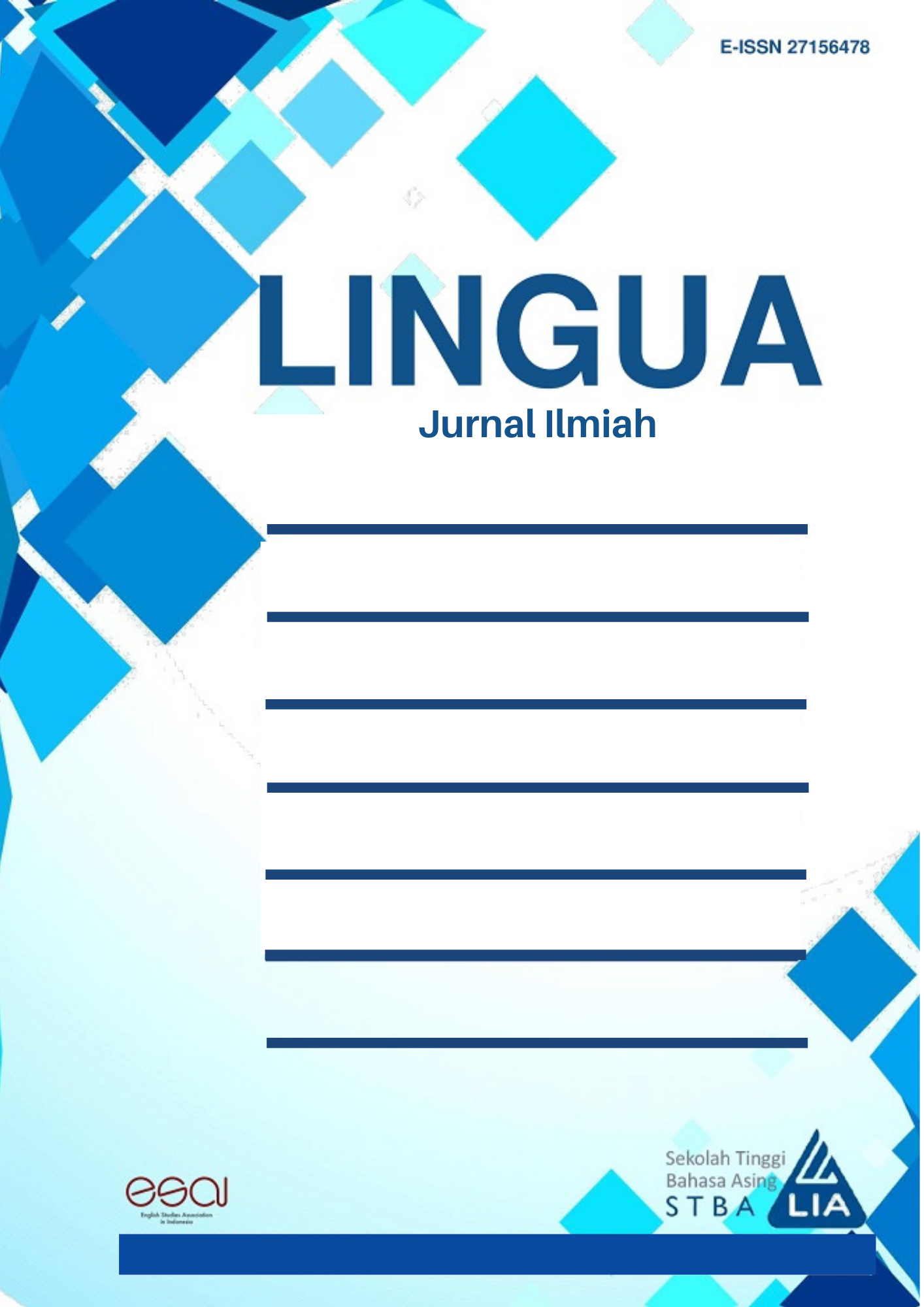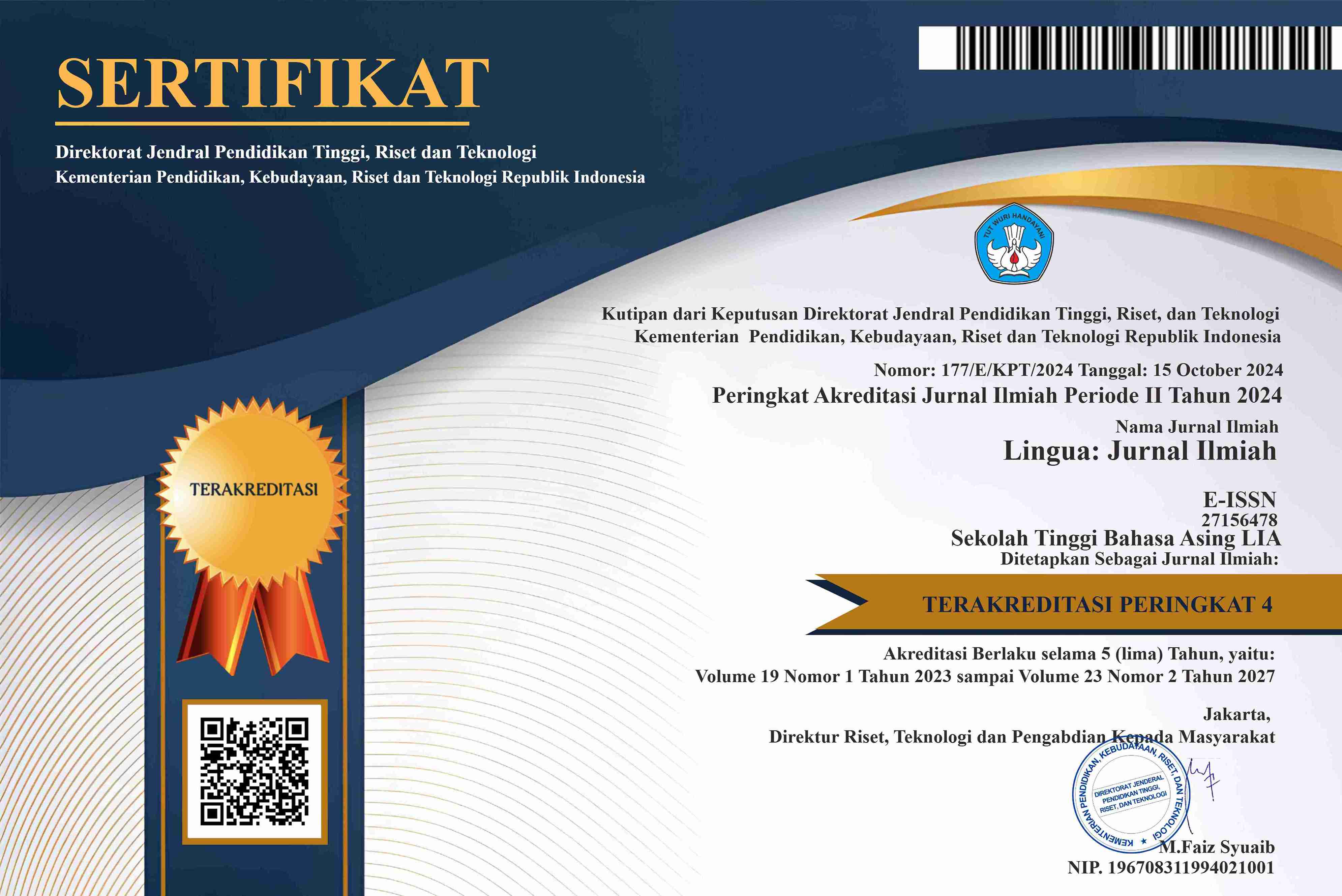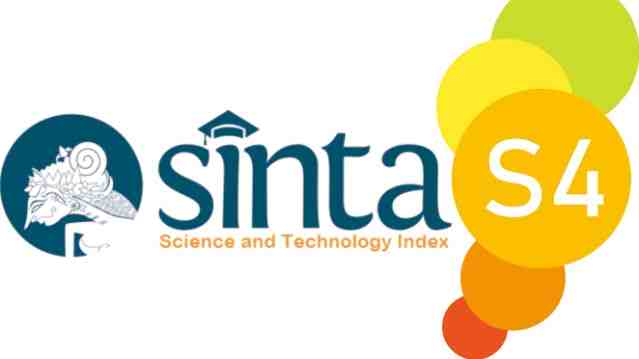ANALISIS TEKNIK PENERJEMAHAN KOLOKASI PADA NOVEL BAHASA JEPANG KOKORO KARYA NATSUME SOSEKI KE DALAM BAHASA INDONESIA
Kata Kunci:
collocation, type of collocation, technique translationAbstrak
This study aims to determine the types of collocations and translation techniques
used by translators in Natsume Soseki's translated novel titled Rahasia Hati, translated by
Hartojo Andangdjaja. The translated novel was translated from the Japanese source text
(ST) of the novel titled Kokoro. Language differences are a challenge for translators in
translating. Likewise, phrases, one of which is a collocation phrase. Because all language's
collocations are unique, translating them into their equivalents is extremely important. The
approach taken to achieve this goal is with a qualitative descriptive method. Data obtained
using documentation. Collocations are sought in ST's novel, Kokoro, based on Newmark's
theory (1988). After collocations are found, the data is reduced or classified according to
the theory. After being classified, the TSu collocation sample of the novel was analyzed by
comparing it with its translated novel, Rahasia Hati, based on the theory of Molina and
Albir (2002) to find the translation technique that the novel translator used. Of the 8 data
that the authors found. From the reduction results obtained 1 noun + noun collocation, 6
noun + verb collocation, and 1 adjective + noun. While the translation technique found 6
data, namely generalization, compensation, amplification, modulation, literal translation,
and description. The difference in collocation between Japanese and Indonesian is one of
the challenges for Indonesian translators.
Unduhan
Diterbitkan
Cara Mengutip
Terbitan
Bagian
Lisensi
Hak Cipta (c) 2024 Ilham Saputra Ade Pratama, Yesy Tri Cahyani

Artikel ini berlisensi Creative Commons Attribution-NonCommercial-NoDerivatives 4.0 International License.












